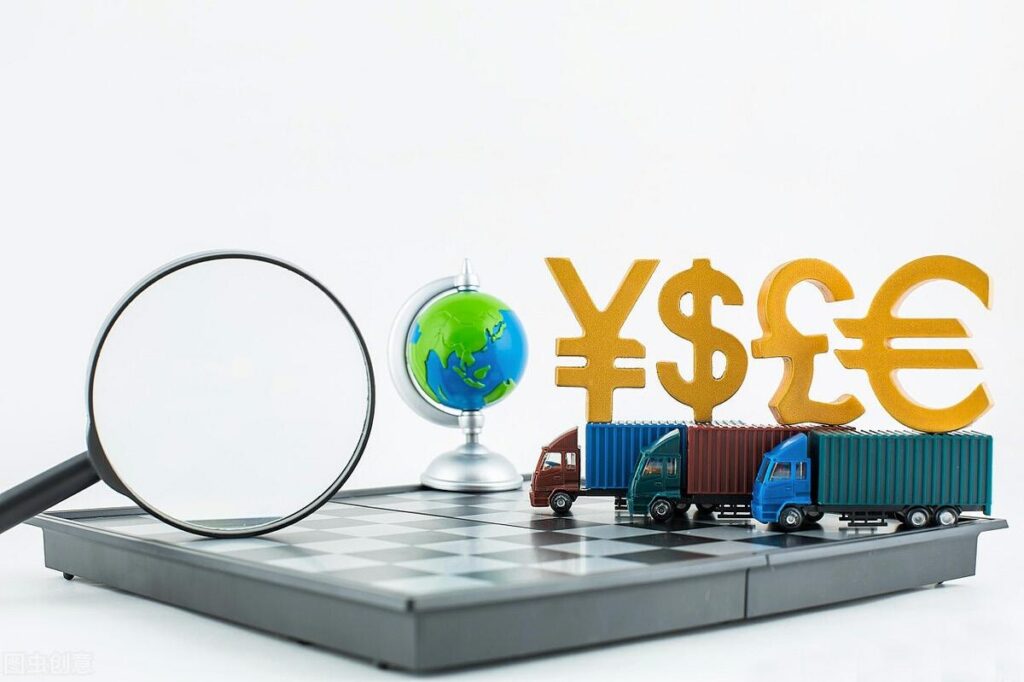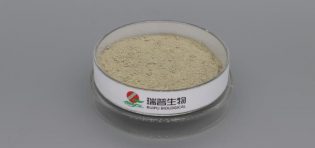
The mode of transport used for export can have a significant impact on the calcium hydrogen phosphate market, influencing factors such as cost, efficiency, and the overall competitiveness of the product.
The choice between sea, air, or land transport can have a direct impact on shipping costs.Sea freight is generally more cost-effective for bulk shipments over long distances, while air freight is faster but more expensive.The overall transportation cost will affect the pricing strategy of calcium hydrogen phosphate in the market.
Different modes of transport have varying lead times and delivery speeds. Sea freight might take longer than air freight, and land transport can have intermediate delivery times. The speed of delivery is crucial in industries where timely supply is a critical factor. Faster modes of transport may allow suppliers to meet demand more quickly and maintain a competitive edge.
If calcium hydrogen phosphate is sensitive to environmental conditions, the mode of transport can influence its shelf life. For example, air transport might be preferable for products with a limited shelf life as it reduces the overall transportation time.
The accessibility of markets is influenced by the available transportation infrastructure. Regions with well-developed ports, roads, and airports may be more accessible for shipping, which can impact market reach and potential customers.
Different modes of transport are subject to various international regulations and standards. Compliance with these regulations is crucial for smooth export operations.Certain transportation modes may have specific requirements for the shipment of chemicals like calcium hydrogen phosphate, affecting logistics planning and costs.
The environmental impact of the chosen mode of transport is an increasingly important consideration for many industries.Companies may choose transportation methods that align with sustainability goals and consumer preferences, potentially affecting market perception and demand.
Each mode of transport comes with its own set of risks, including damage, theft, or delays.Companies may choose transportation methods based on their risk tolerance and the need for insurance coverage, which can impact overall costs.
The cost of transportation is a component of the overall cost structure for calcium hydrogen phosphate. Companies that can optimize their transportation costs may have a competitive advantage in terms of pricing their products in the market.
The mode of transport used for exporting calcium hydrogen phosphate can influence various aspects of the market, including pricing, delivery speed, market reach, and overall competitiveness.Companies need to carefully consider these factors when developing their export strategies to ensure efficient and cost-effective international trade.








